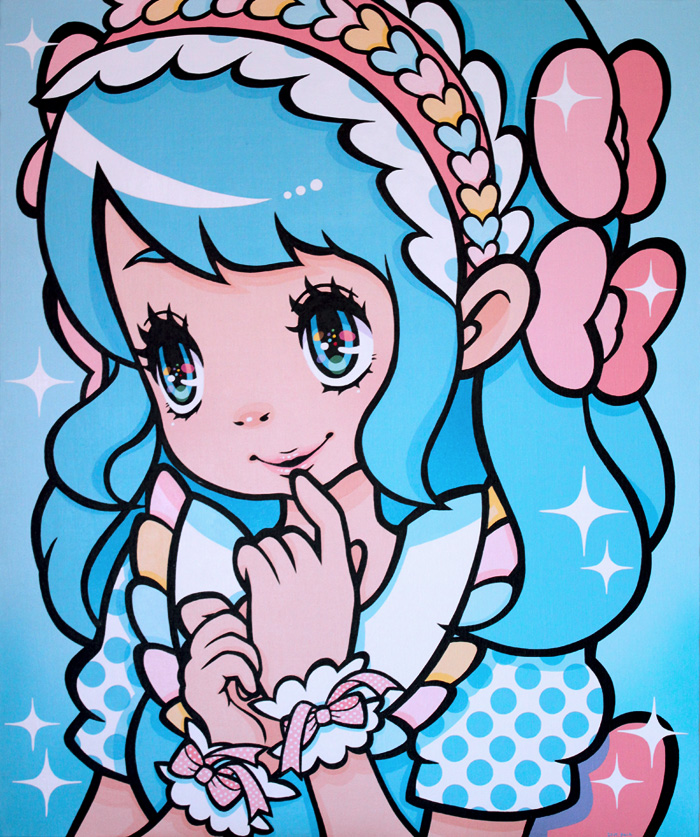Articles
- What are the main points of each article?
In the first article, the main point is that entrepreneurs have started looking towards artists to bring in more creativity to the process of business, and also that entrepreneurs can learn a few things from artists. In the second article, the main point is that artists and entrepreneurs are extremely similar, where the line between the two are blurred, but both can benefit from learning from the other.
- What can artists learn from their “entrepreneurial cousins”?
Artists can learn the importance of building connections and having a support group from entrepreneurs. As the second article states, artists may be more focused on refining their craft than counting on others to reduce the costs of becoming an artist.
- Do you agree that artists are entrepreneurs? why?
I agree that artists are entrepreneurs, because they have to initially work with the current flow of the market before they can create what they really want to do, and artists and entrepreneurs have to work using their passion towards a goal that isn’t completely mapped out.
- Which of the 12 characteristics of artists do you agree with?
Although I agree with all of the characteristics, the two that I agree most with are 9 and 11. My favorite kinds of art all involve storytelling, and not just in a metaphorical sense, and every artist I’ve seen has been in love with their work.
- What others would you add to the list?
Artists are extremely flexible, because they prefer to do what they want and then make it fit to their requirements.
- Additional notes.
Artists are becoming more necessary and wanted in business.
Artists and entrepreneurs share many of the same traits, and are rather similar in what they do.
Grit
- Do you have grit, or is this something you need to work on?
My personal grit score was 2.75, so I have a little grit, but not as much as I need. I work hard, and can focus on things for many hours at a time. However, I give up on things quickly, and become discouraged even faster. It’s a huge problem that I need to work on.
- List a couple of things you could do to increase your level of grit.
Build thicker skin; have less people affect me negatively from it
Set aside time for work and stick to it
Stop seeing failure as the end of the line




